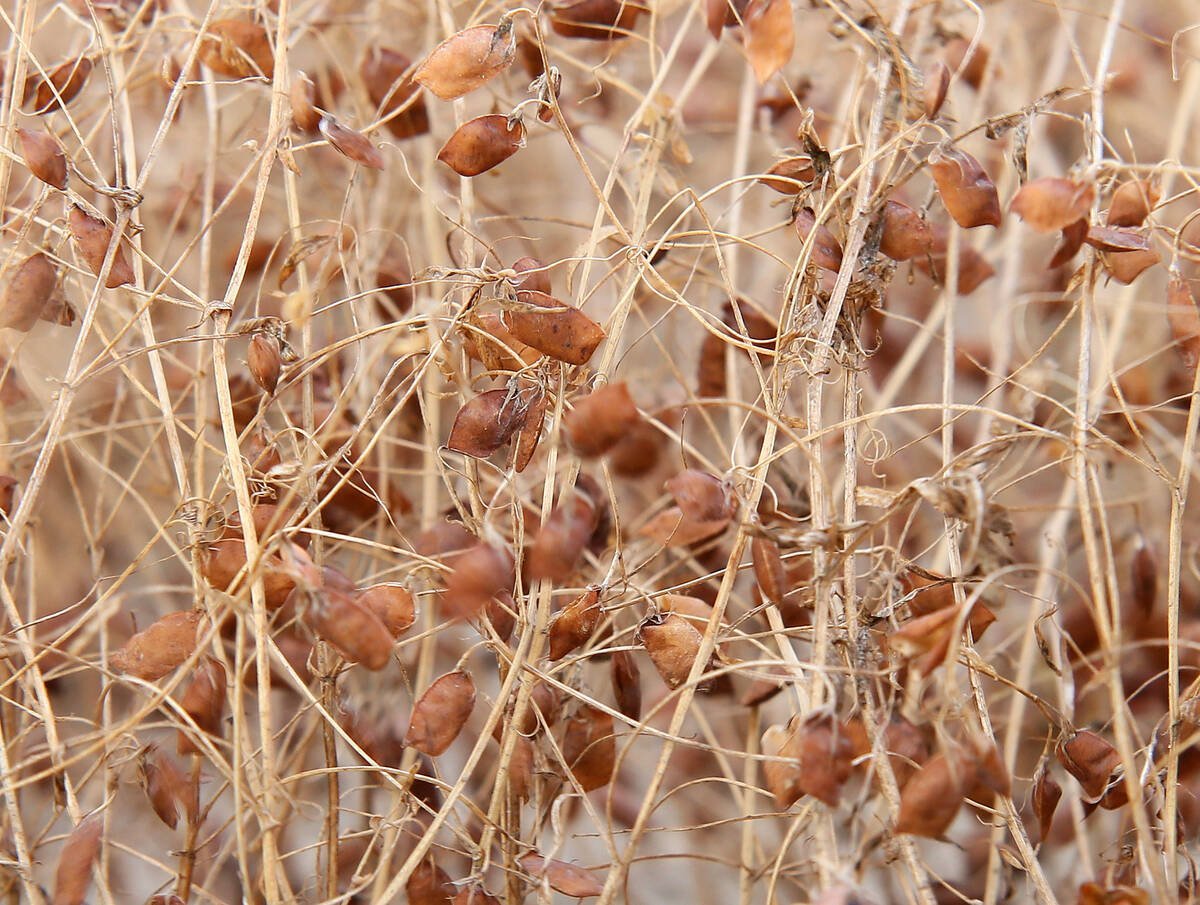Pulse Canada says it’s new Healthy People-Healthy Planet logo and message is resonating with food manufacturers.
The commodity group recently wrapped up a three-year, $3.2 million project that funded seven clinical trials exploring the link between pulse consumption and improved health.
It is now delivering the results of those studies to grain millers, food processors and health care professionals.
“What we have found is that it has a lot of traction,” said Pulse Canada chief executive officer Gordon Bacon.
The association is also spreading the word that pulses are an environmentally friendly crop.
Read Also

Europe holds promise for Canadian lentils
Pulse Canada is trying to help boost lentil consumption in Europe, which is already the fourth largest market.
Seventy percent of the nonrenewable energy used to grow crops in Western Canada is attributable to inorganic nitrogen fertilizers. Pulses fix their own nitrogen, resulting in far less greenhouse gas emissions than other crops.
Bacon, who recently returned from a trade mission to Colombia and Peru with federal agriculture minister Gerry Ritz, said the pulse industry’s key messages were well received by the millers and processors they met on the trip.
During a tour of a processing facility in Colombia, he noticed a dozen green signs boasting about the plant’s various environmental initiatives. The people running the facility were keen on hearing about pulses’ environmental contributions.
“These guys that we met were very interested, in fact they said, ‘this is what we should be talking about right now.’ “
In Peru, Bacon discovered that people eat an average of three kilograms of pasta a year. Pulse consumption is two to three times that amount.
He explained to processors that some pasta manufacturers are incorporating pulse semolina into their products to boost the glycemic index and protein and fibre content.
There seemed to be genuine interest in that type of health-based product innovation, especially if it uses an ingredient with which consumers are familiar.
The pulse industry’s research indicates that eating peas, lentils, beans and chickpeas can help prevent diabetes, obesity, cardiovascular disease and metabolic syndrome.
However, there isn’t enough evidence to support a health claim to that effect. Instead, the industry is forced to stick to nutrient claims, such as pulses are high in fibre and low in fat.
Bacon said the food industry isn’t looking for full-fledged health claims but is seeking out healthier ingredients.
One study showed that 45 percent of new processed food introduced around the world in 2008 contained a health and nutrition message, up from 31 percent in 2002. That’s why Pulse Canada is pleased its message is finding its way into articles and editorials in health journals and food industry magazines.
The industry will continue its focus on researching and promoting the health and environmental aspects of pulses when it applies for federal funding through Agriculture Canada’s Growing Forward program.
“These are opportunities to transform an industry’s market profile and put pulses into food products they’re not currently in,” Bacon said.















